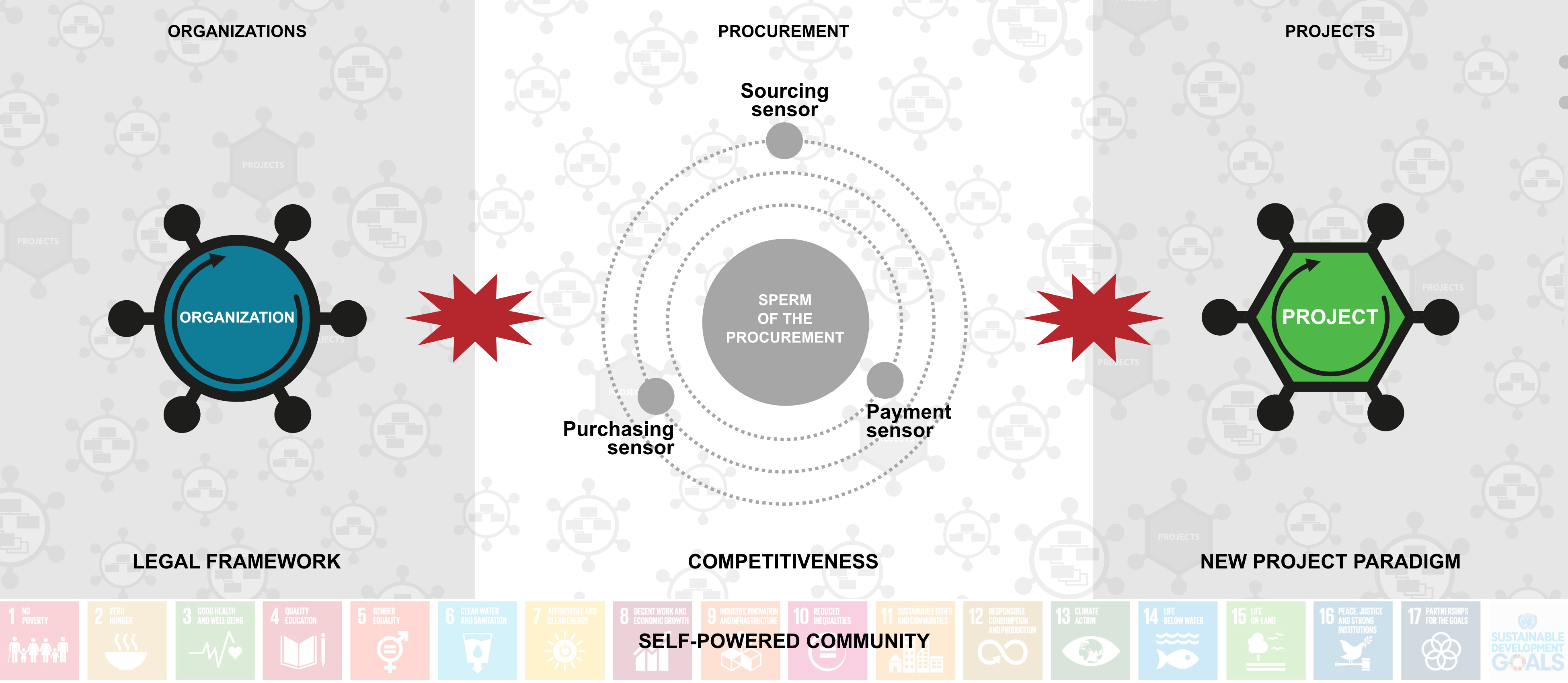Figure C10c.1 Procurement and business environment

Figure C10c.1 Procurement and business environment
Figure C10c.1 distinguishes Organization and project management. The following text respects it by commenting on the final product resembling the new project paradigm. The path to the new Procurement is not a simple cake. It is presented as concentrated know-how in the form of a Sperma.
It is a new theme for a fully open discussion about the Procurement role in the Global Digital transformation (GDT). Following brief characteristics of Procurement by organizations and projects aims to strengthen such debate (arguments) on the side of experts in the ITC branches.
Procurement presents the complete package of the needed know-how for the success of organizations or projects in the open (fair) market. For example, we distinguish the Sourcing, Purchasing, and Payment of goods, services, and works from logistics operations (e.g., the movement, storage, and operations around the Business).
It is an example of double-tracking. The task is to define, develop, and maintain complex package functions of the Sperm of the Procurement. Such a package will have an internal structure, e.g., it will respect the three main types of procurement activities: direct Procurement, Indirect Procurement, and Services Procurement:
Direct Procurement: e.g., Purchase of mechanical components for production equipment. Supply and installation of industrial machinery. Provision of raw materials needed for manufacturing finished goods. Outsourcing and subcontracting labor/workforce in construction.
Indirect Procurement: Indirect Procurement is the Sourcing of all goods and services for a business to enable it to maintain and develop its operations.
Services Procurement: Services Procurement requisitioning people-based services at an enterprise level with an agreed-upon scope and deliverables. In short, it is the strategic outsourcing of labor to an organization or individual Project for a specific purpose.
Organizations and projects are presented in Figure C10c.2 as symbols with six sensors (e.g., according to Figure C4d.1). The general principle respects the triad (three items). For the Human brain capacity, they're multiplied by a limit (e.g., three, six, nine, twelve, and it is generally enough for any human dialog levels).
There are no multiple limits for discussed machines (computers). Nevertheless, the structure and hierarchy of such a task are essential to define before any calculation starts (e.g., in the form of a logical chain for a specific task).